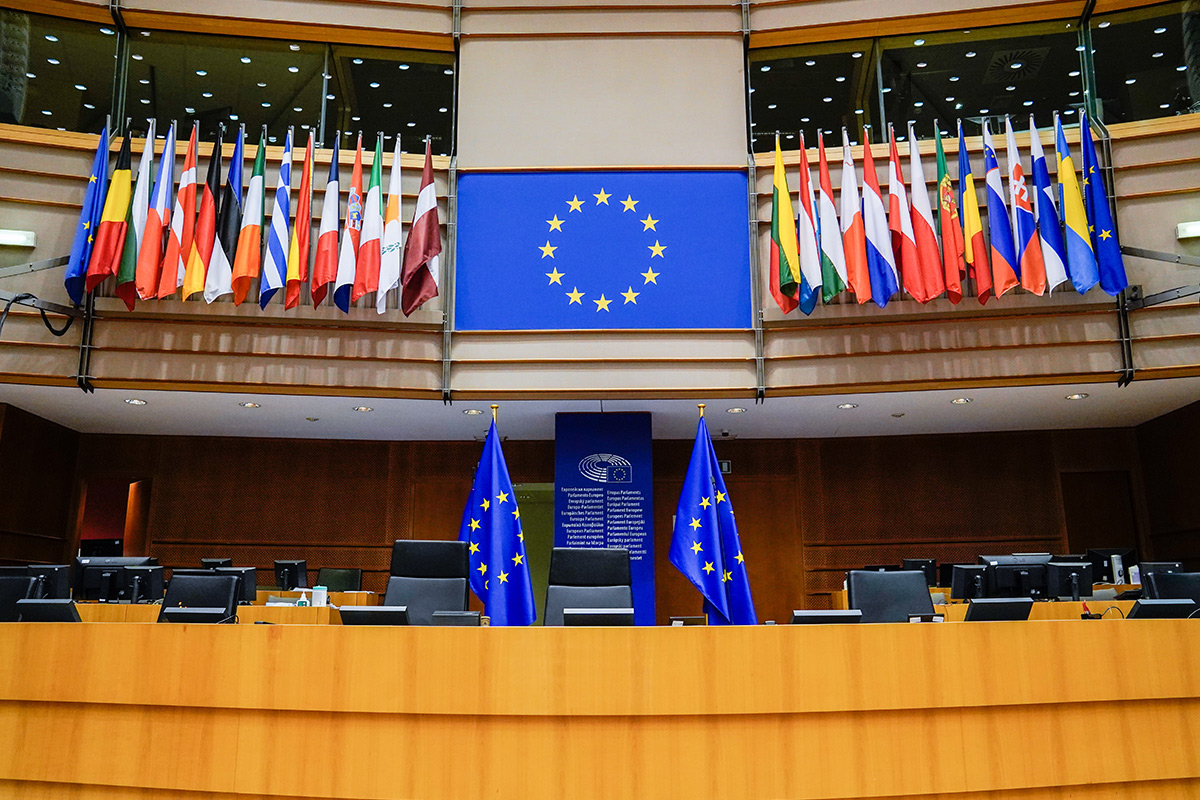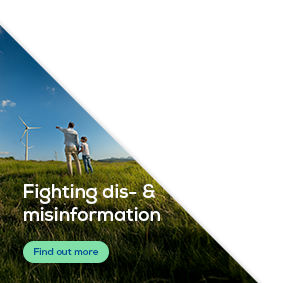News
EU recovery budget enters into force
11 January 2021
On 1 January 2021 the EU’s €1.8tn recovery budget entered into force. In addition to the EU’s seven-year budget for 2021-27 the package includes an unprecedented €750bn recovery fund, Next Generation EU.
The centrepiece of Next Generation EU is the €673bn Recovery & Resilience Facility (RRF). The RRF is a mix of grants and loans – each Member State has access to a pre-defined envelope. It must allocate at least 37% of funding to climate-related spending. And it must also “do no significant harm” to the objectives of the EU Green Deal.
To access RRF funding, each Member State must publish a Recovery & Resilience Plan (RRP) that specifies how they plan to spend the recovery money. A number of Member States have already published high-level RRPs, including Spain, Portugal, Slovenia, Czechia, Romania, and Bulgaria. The European Commission is currently engaged in discussions with these Member States on the details of their plans, to ensure they meet both the criteria in the draft RRF regulation and the Commission guidance published in September. The deadline for the submission of official drafts is 30 April 2021.
The Commission guidance identifies renewable energy as a priority for the RRPs. It lists seven flagship areas where Member States are “strongly encouraged” to direct investment. The Power Up flagship aims to build and integrate 200 GW of additional renewable energy capacity by 2030. It also targets the installation of 6 GW of electrolyser capacity and the production and transportation of 1 million tonnes of renewable hydrogen across the EU by 2025.
In addition to the RRF there are other EU programmes that are partially frontloaded under Next Generation EU, including: the €17.5bn Just Transition Fund, which will help regions transition away from fossil fuels; the €26bn InvestEU programme, which will provide guarantees for loans from the European Investment Bank and other public investment banks to de-risk investments in areas such as sustainable infrastructure; and Horizon Europe, the EU’s €96bn research & innovation programme. Elements of some of these programmes have yet to be finalised.
According to WindEurope CEO Giles Dickson: “The EU Recovery Plan is a one-off golden opportunity to channel money to infrastructure than will help deliver the Green Deal and energy transition. Grids and ports stand out as two areas that need major investment to support the expansion of renewables. The scale-up of renewable hydrogen is another area that needs support. And the new EU Budget will play a key role in research & innovation in clean energy. At the same time, the EU needs to de-risk wind energy projects via the European Investment Bank and the InvestEU programme.
All of this will not only help deliver the energy transition and Green Deal. It’ll create jobs and growth too. Investing in green infrastructure will drive economic recovery.”
Giles Dickson continued “It’s EU money but national Governments will define how it’s spent in their Recovery & Resilience Plans. These Plans are crucial. They need to focus on the green and digital transitions, as the European Commission has recommended. The wind industry stands ready to support governments in re-starting their economies.”


